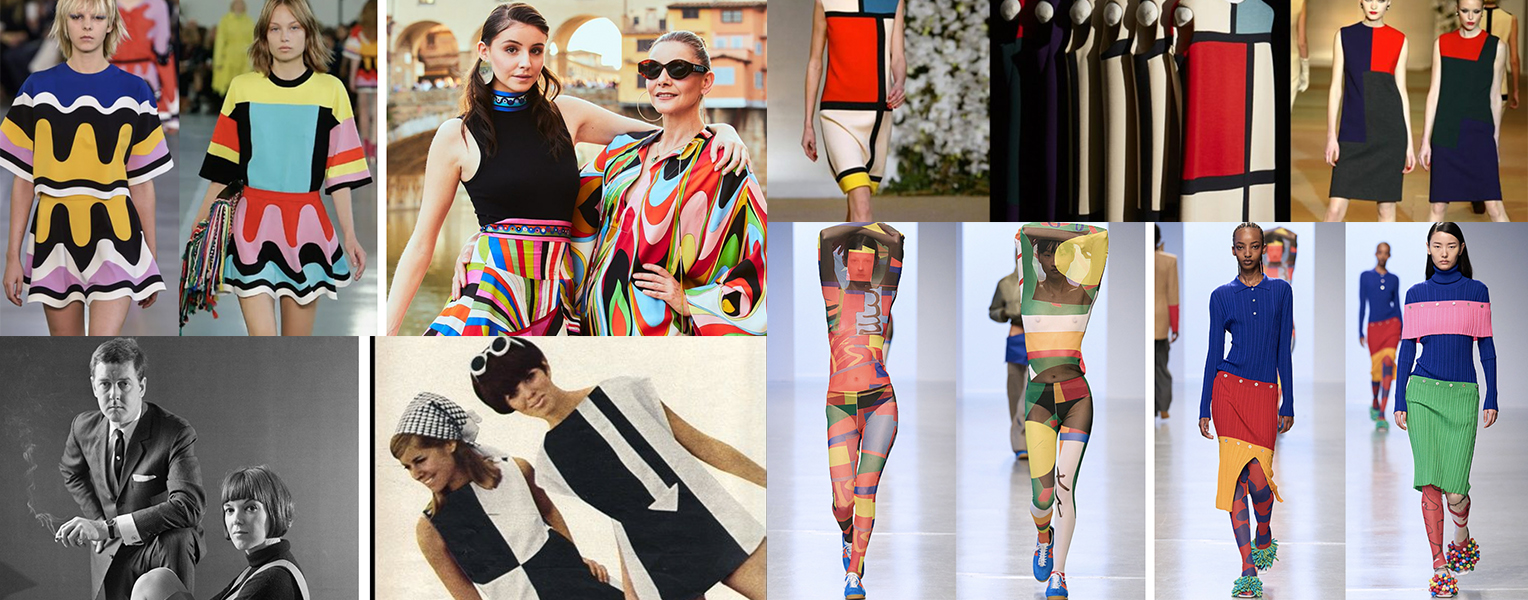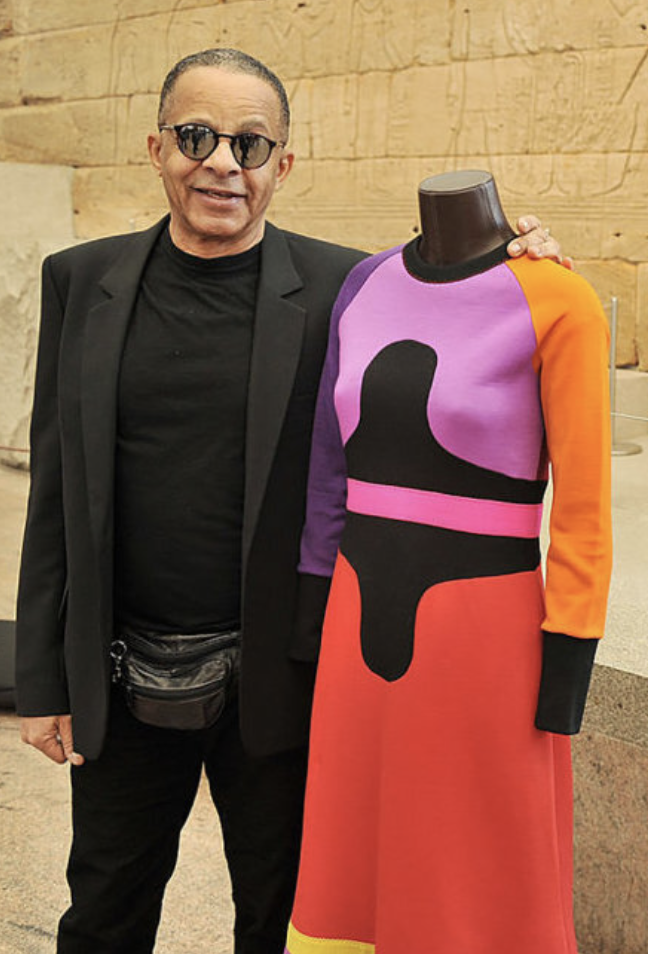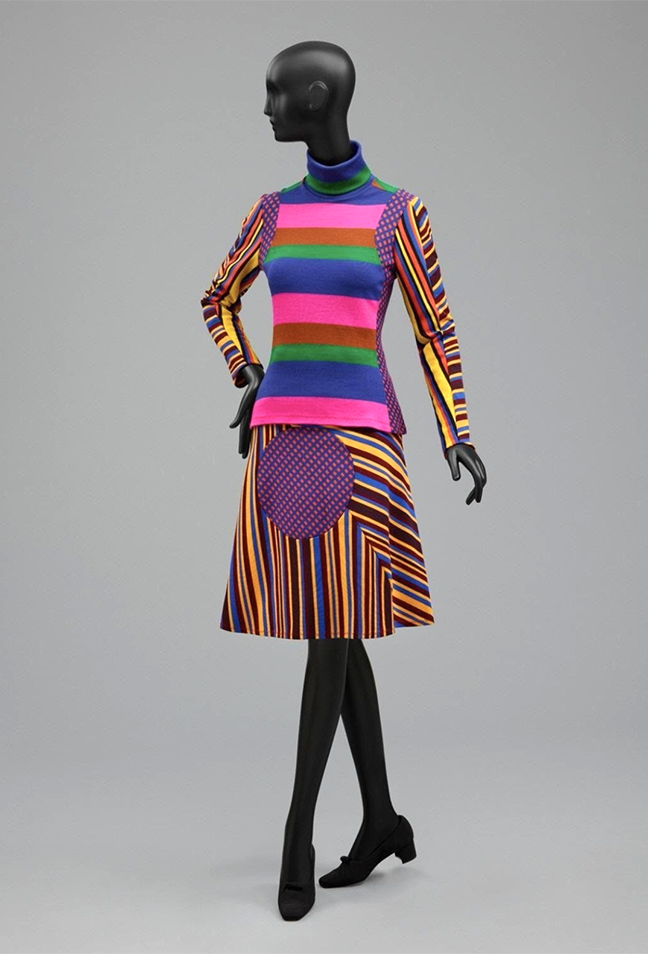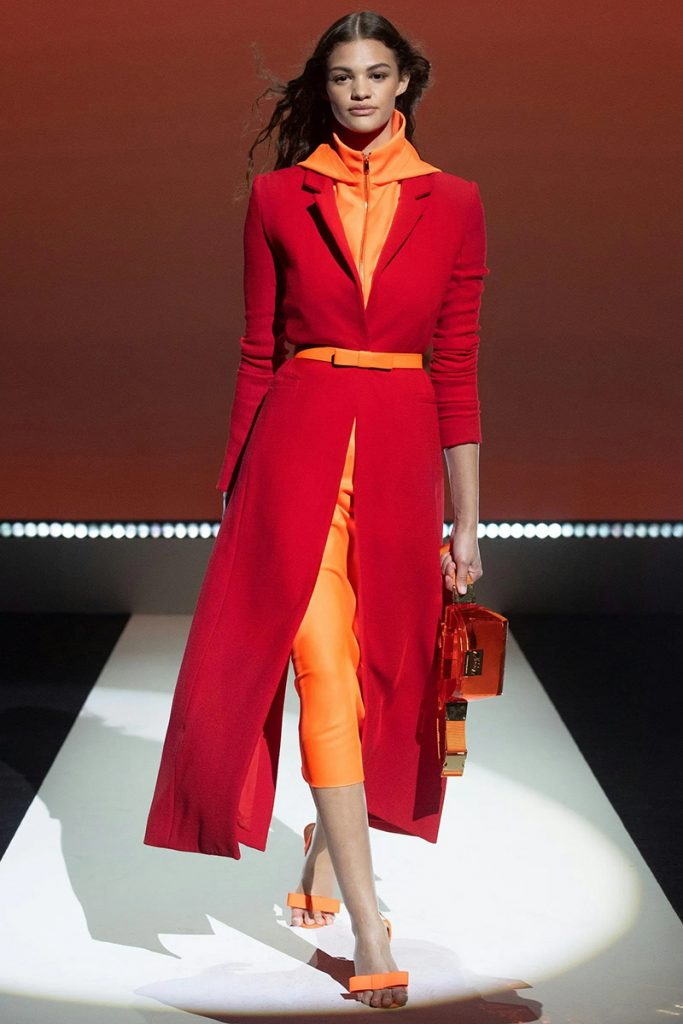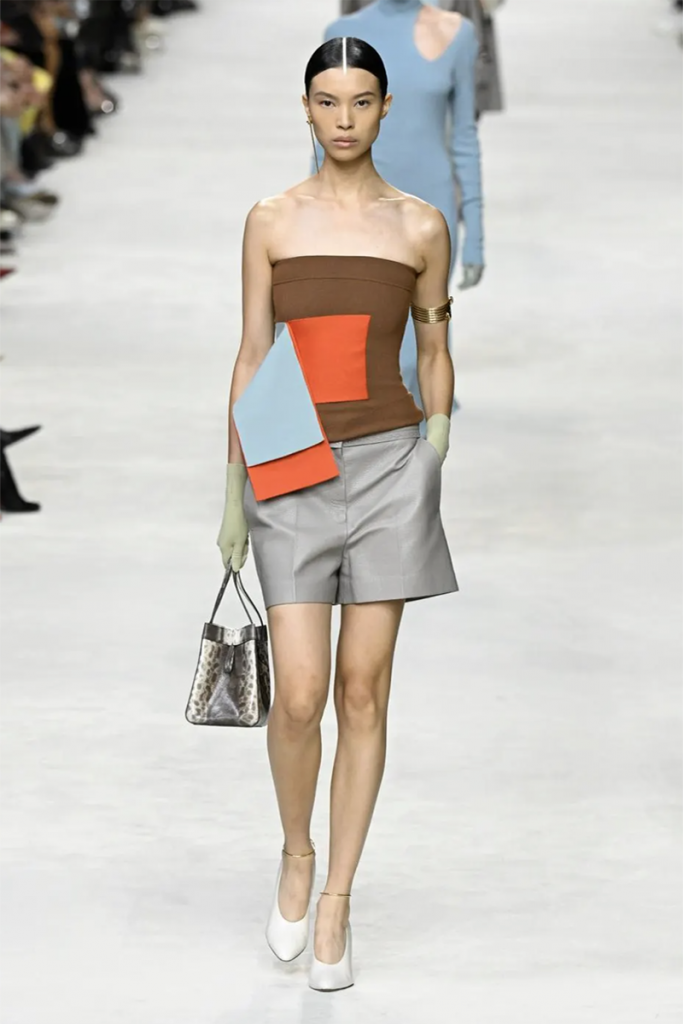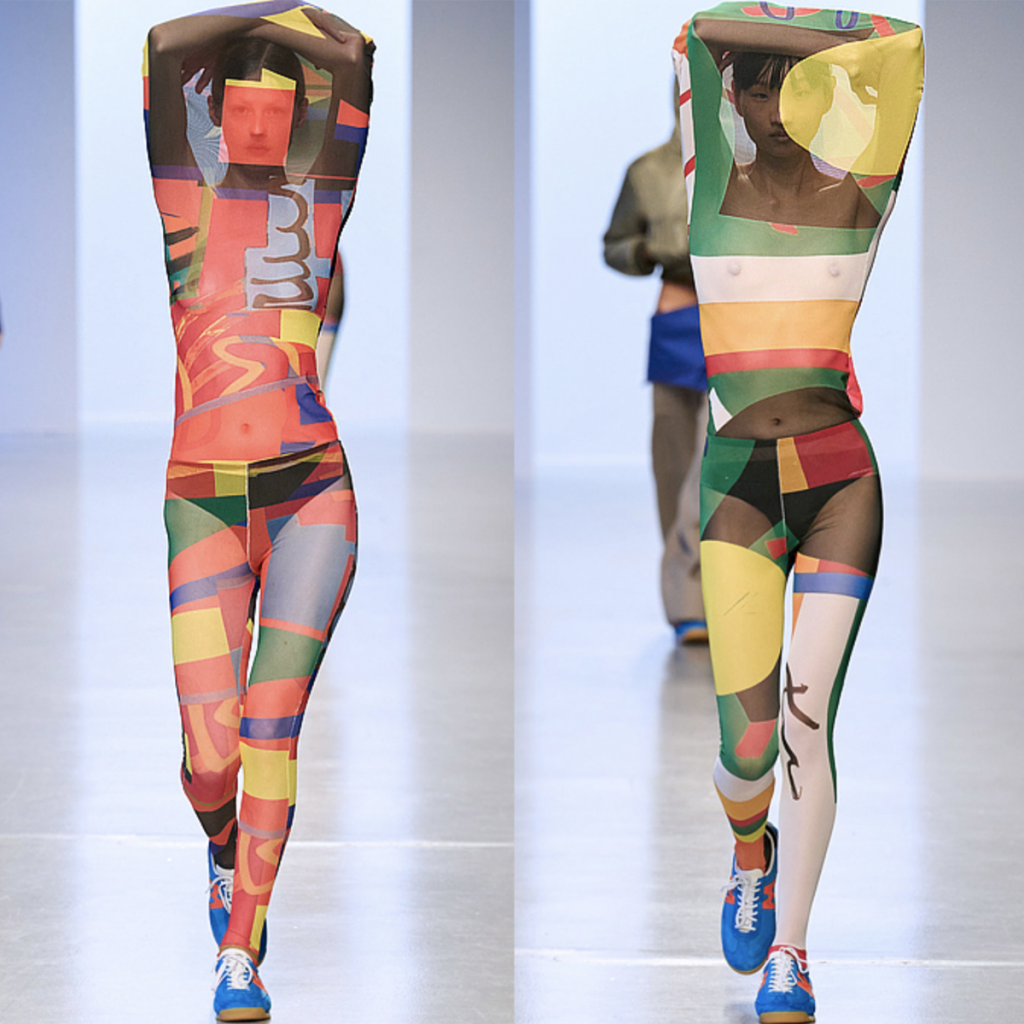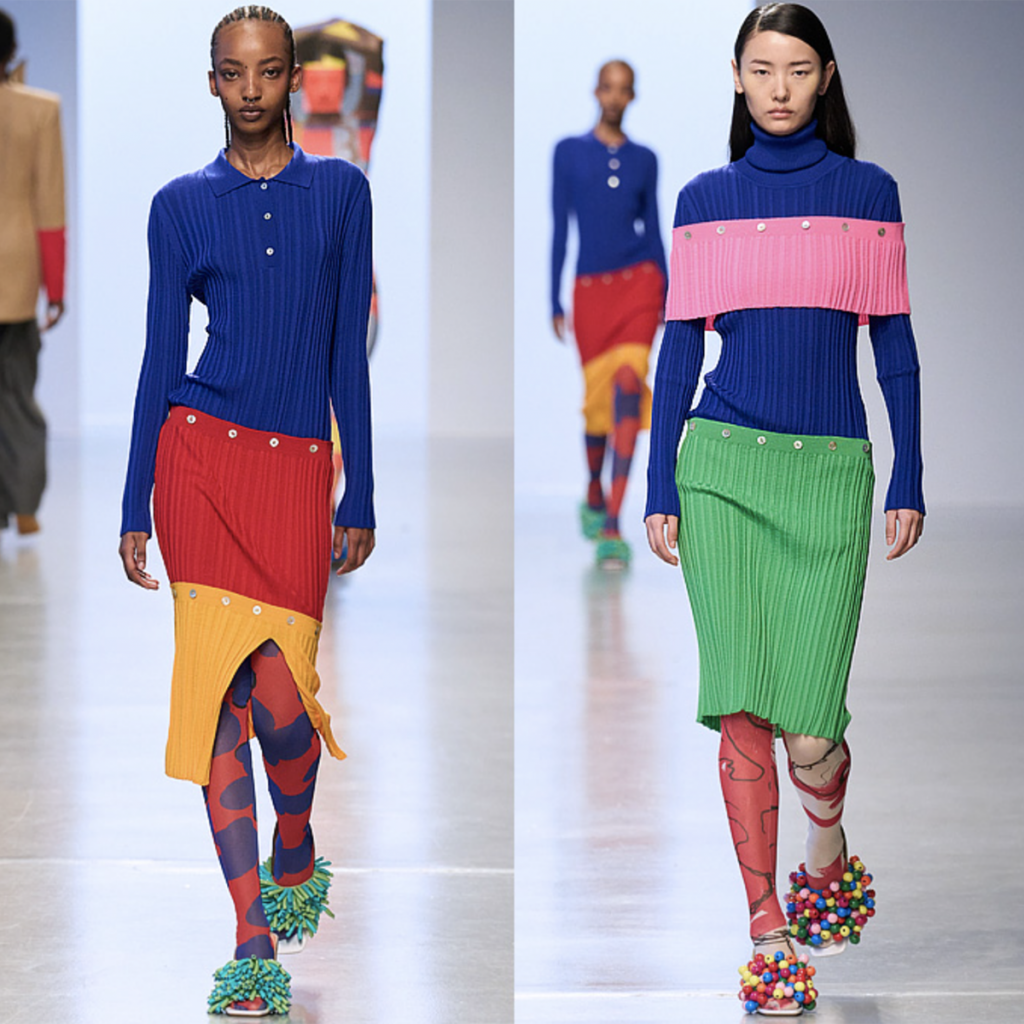Woven Color
Color has always been an integral part of fashion and design. Historically colors were applied to textiles with natural dyes made from plants and animals. In many cultures, the color of your garments would signify your wealth, as some colors like purple or red were hard to obtain, and only the wealthy could afford to have a garment died with the work of laborers crushing up the cochineal bug to make a paste for a red color. At one time a brick of dried indigo plant, which would dye textiles blue, was worth more than gold. The traditions of weaving naturally dyed threads into textiles are still carried out worldwide by indigenous communities. Tribes from northern Arizona like the Hopi, Pueblo, or Navajo use color-blocking techniques to design patterns for woven baskets and treasured garments. Peruvians, particularly the Quechua, weave intricate color blocked patterns into textiles frequently using naturally dyed llama, alpaca, or vicuña wool.
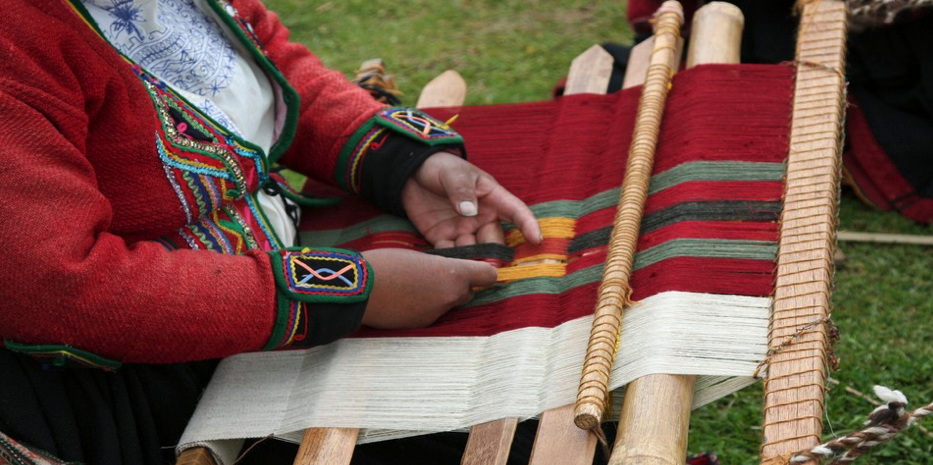

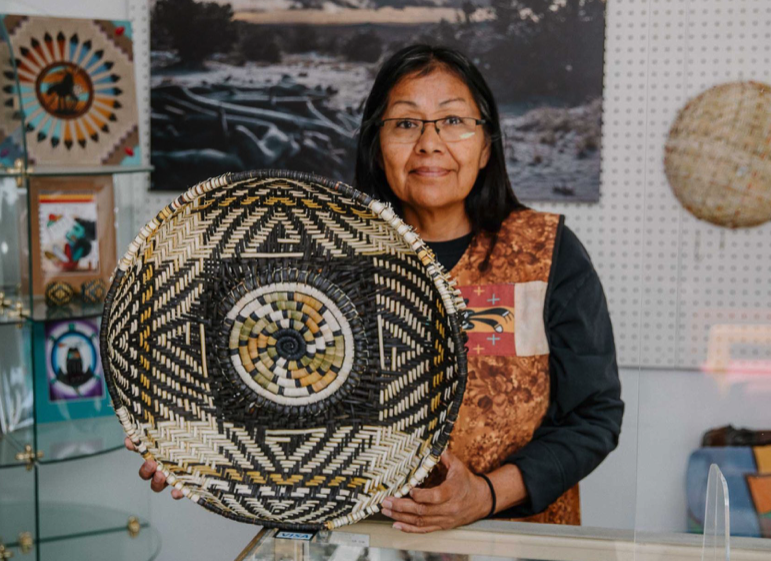
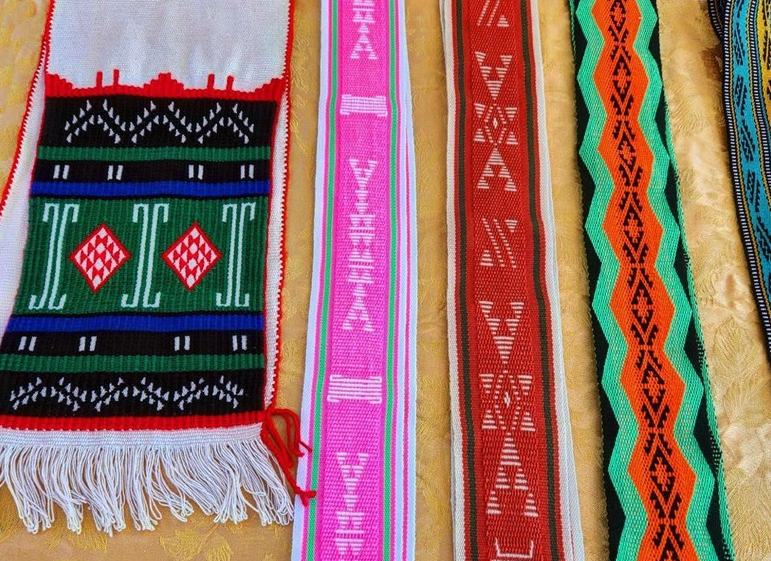
Neoplasticism
Over time, industrial and technological revolutions have changed how color and textiles are used in fashion, art, and design with inventions like synthetic dye or paints and improvements in printing and manufacturing garments. Iconography and subject matter evolved as well. By the early 1900s artists and philosophers were shifting subject matter away from pictorial iconography to abstract concepts that injected emotions and ambiguity into painting and sculpture. Neoplasticism came about in 1917 from Dutch artists, the most famous being Piet Mondrian, whose aesthetic goals were to represent life in the purest simplest way possible, through primary colors, geometric shapes, and clean lines.
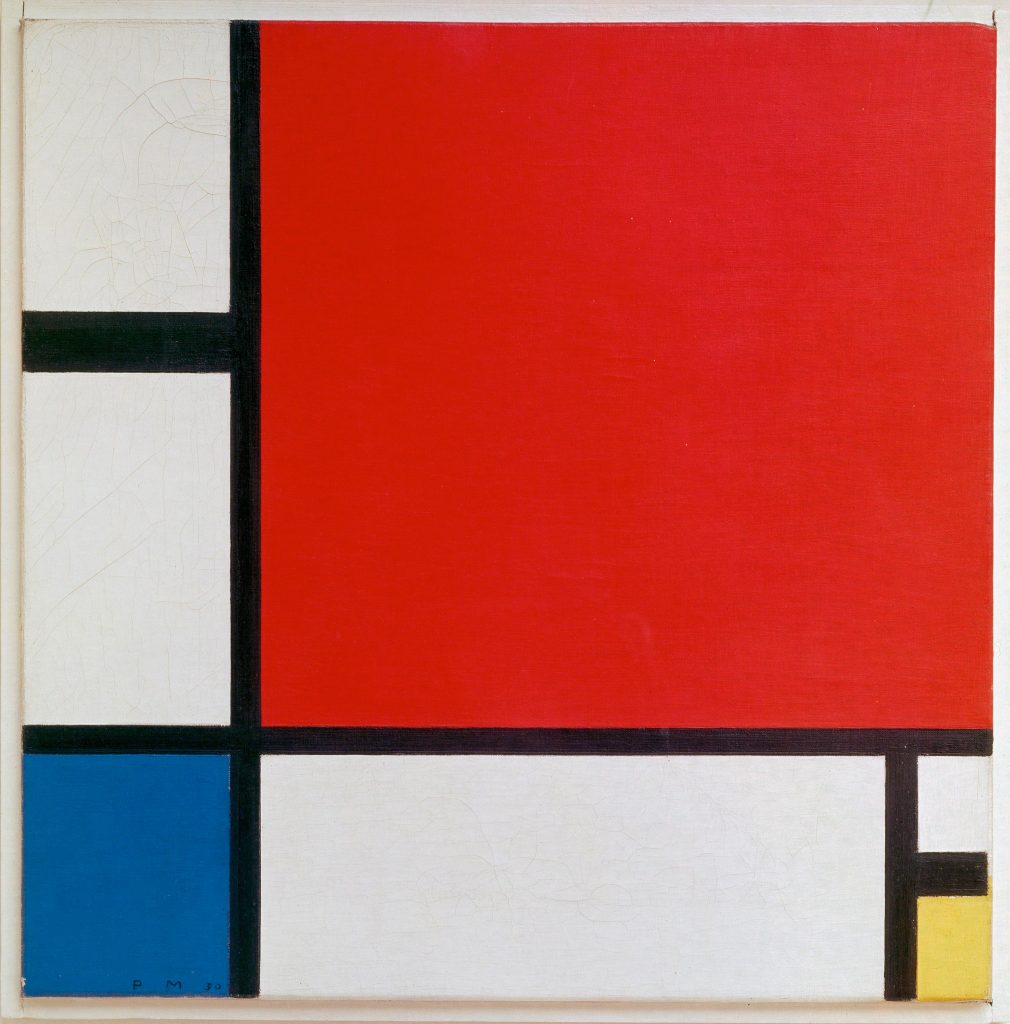
The Swinging Sixties
The neoplasticism art movement was a catalyst for the ever-popular fashion trend of color blocking brought to the runway by French designer Yves Saint Laurent (YSL) in 1965 and with less notoriety, Michèle Rosier. Saint Laurent translated a two-dimensional painting onto the body with exquisite care, resulting in a simple composition. Hours of craftsmanship were involved to have the dress drape flat on the figure, proving haute couture sewing techniques could make clothes that were easy to wear. This collection is widely considered a pivotal moment that propelled color blocking into the mainstream fashion consciousness.
Designing at the same time in London, England was Mary Quant, known for popularizing irreverent hemlines, fashionable pants for women, and the mod look of the swinging sixties. Mary was self-taught and found success opening her retail shop called Baazar, popular items were mini skirts, ribbed sweaters, hot pants, PVC raincoats, and colored tights. Mary normalized women wearing pants and vibrant color-blocked textiles made from jersey knit fabrics.
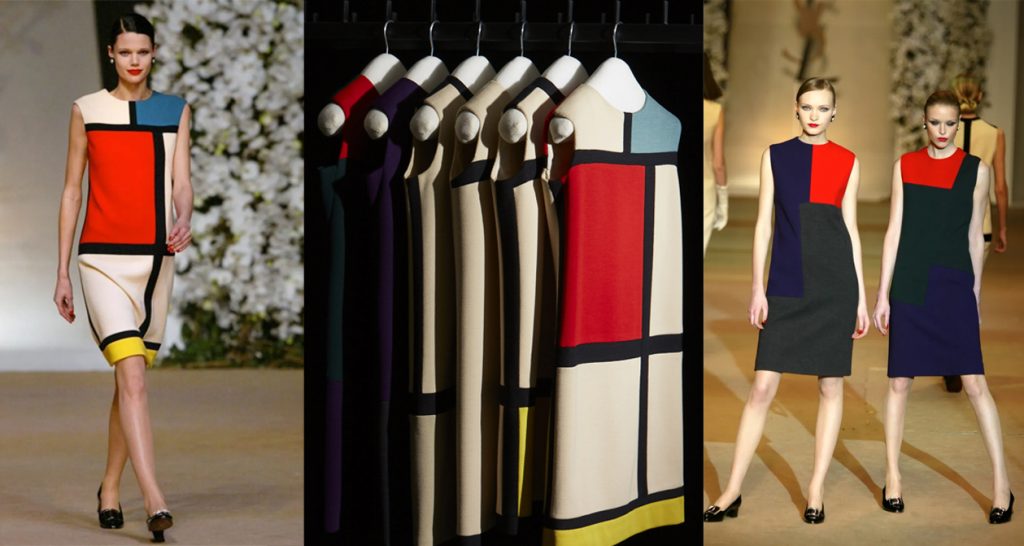
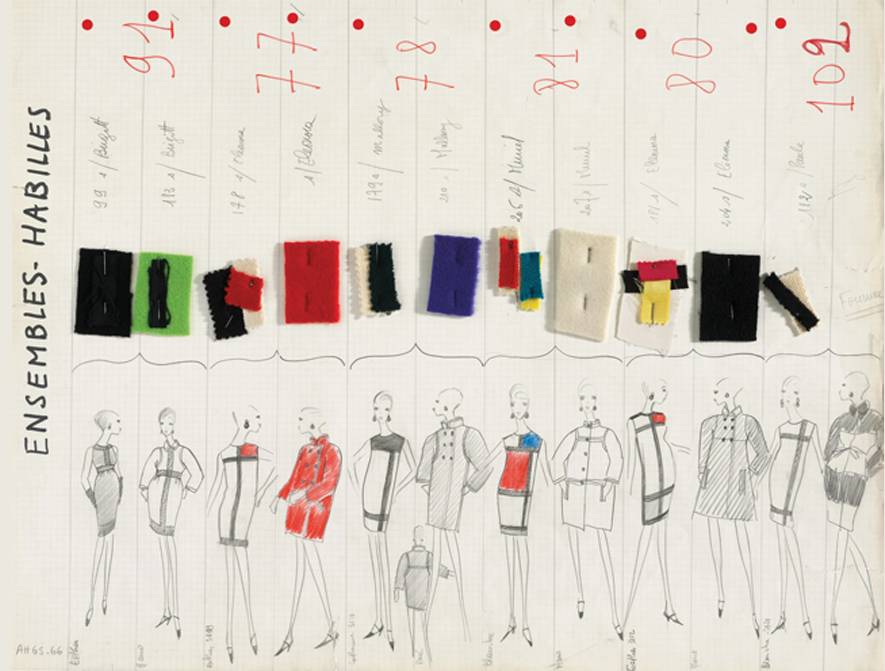
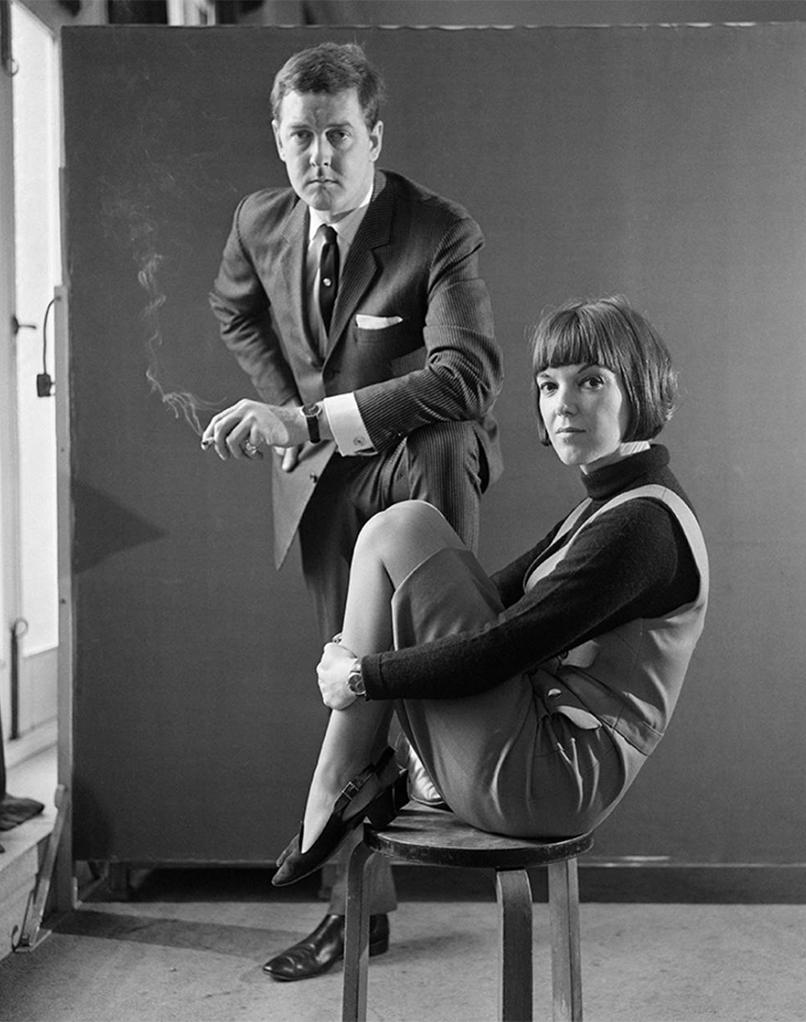
Photo by Mirrorpix/ Robert Young
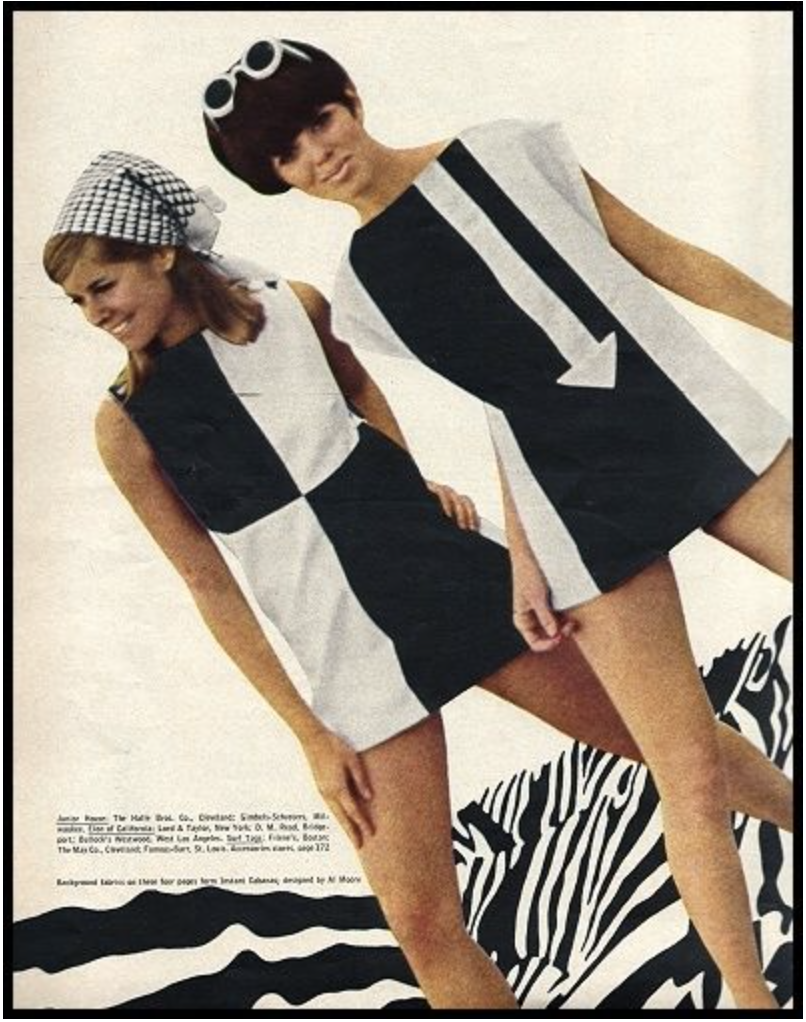
Disco Nights
This comfortable brightly colored apparel made from knit continued to rise in popularity through the 1970s. It was brought to the runways by designers like Stephen Burrows for nights dancing at the discos in New York City. Stephen became the first African American fashion designer to gain international notoriety after securing a spot in the Battle of Versailles outside of Paris in 1973, despite pushback from some about his race. He has worked with entertainment royalty- Barbara Streisand, Cher, Farah Fawcett, and recently Michelle Obama.
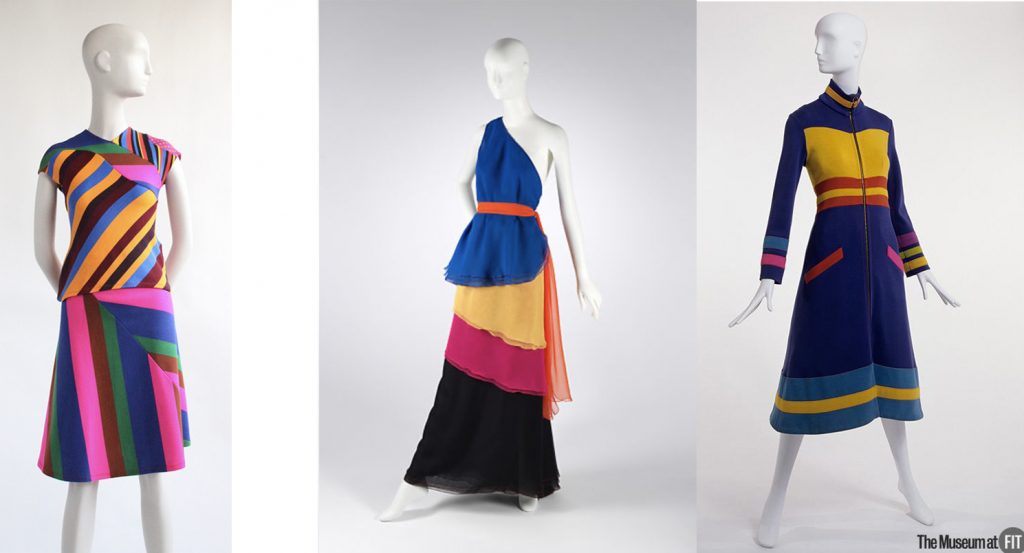
Color blocking on the runway today
Blocked color continues to find its way onto recent runways, Emilio Pucci’s show from S/S 2017 featured playful shapes of color contoured to the models. The fashion house, known for maximal pattern and color, continues pushing the envelope with dramatic prints and color blocking, like the image on the right from their 2024 resort collection.
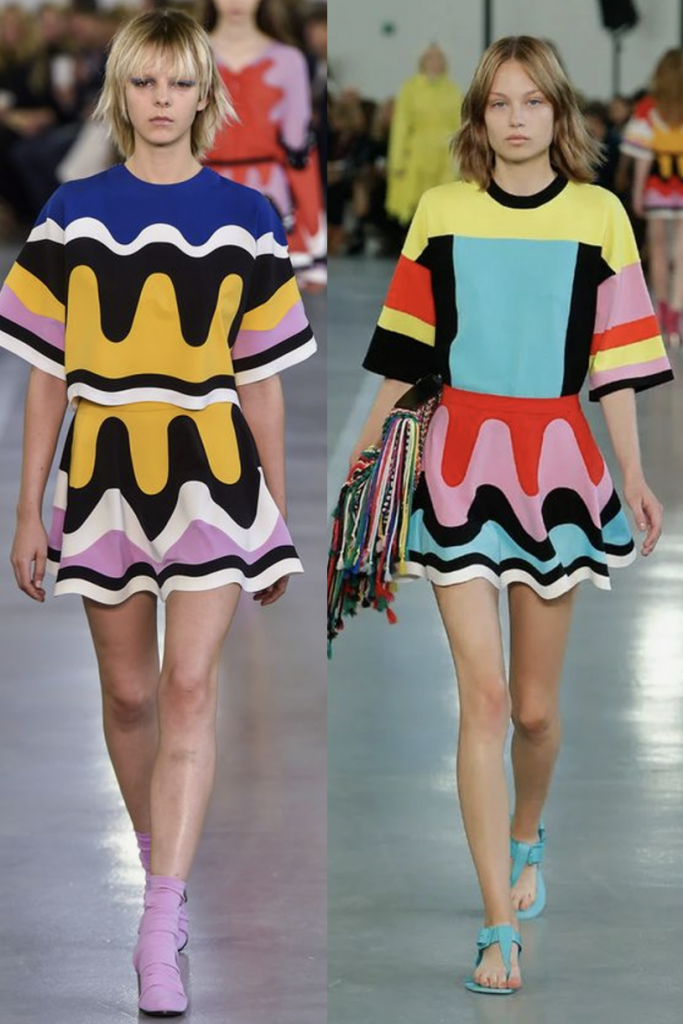
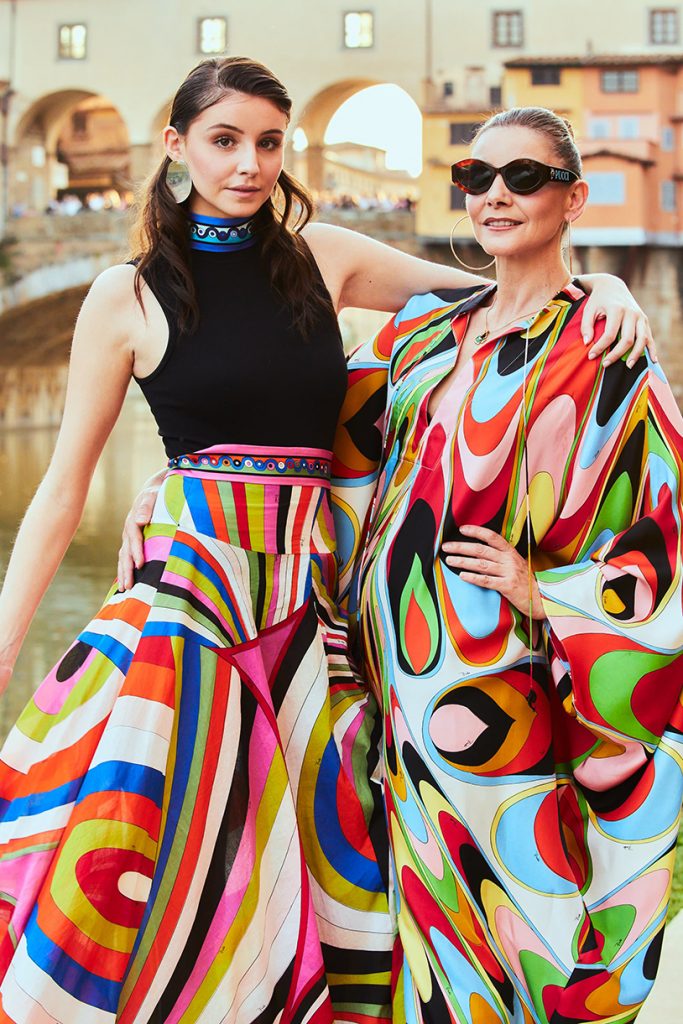
Add colorblocking to your life right now :
Colorblocking Kitchen Cabinets
Some great tips from In Style Magazine to mix color blocking into your wardrobe!
Color blocking for interior design from Trend Book
Learn more
To discover more about textile design history, color theory, and how to design successful repeating patterns join us in the Textile Design Lab, we invite guest experts every month to instruct on diverse industry topics, like Susan Fischer from Unbox Color. Come learn with our community!

